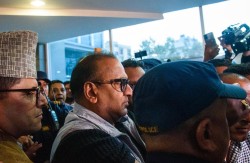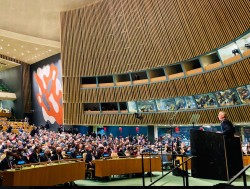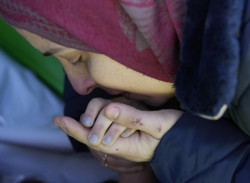Current Affairs
1657015869.jpg)
After engineers erected temporary barriers and structures and closed the 26.5-kilometre Melamchi tunnel on May 31, Melamchi water has become temporarily out-of-reach for Kathmandu valley residents, who will have to wait until the end of monsoon when officials plan to re-divert Melamchi water into the tunnel.
With flood risks constantly looming as evidenced by the June 15, 2021, devastating floods in Melamchi valley, the future of the 800 million US Dollar project has become uncertain, although plans are still intact to divert the Yangri and the Larke river waters into the Melamchi tunnel.
But one thing is for sure: Melamchi diversion may not be feasible in rainy seasons and for a long long time to come.
Such uncertainties have forced water supply officials to think of locally-available and sustainable alternate water supply schemes to meet the drinking water needs of the valley of nearly five million people. Although work is still in the preliminary stage, the rainy season alternatives to Melamchi include:
1. Bagmati River
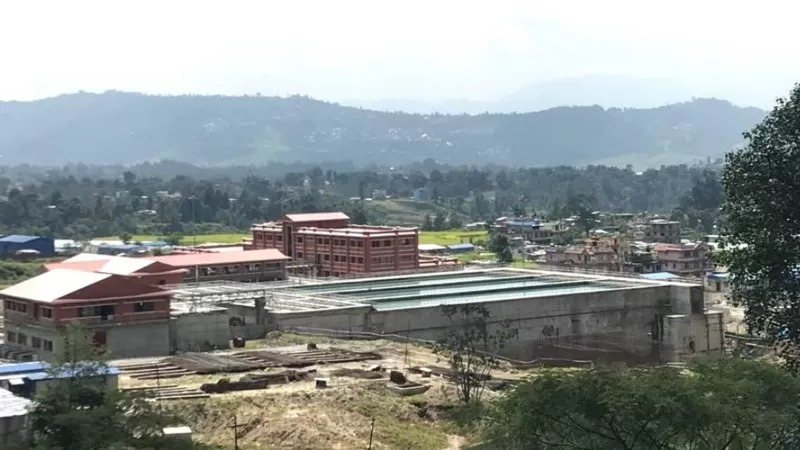
First things first. The government is preparing to pump water from the Bagmati, which remains flooded during monsoon. It plans to pump “additional 60 million litres of water (MLD)” from the river. Already, officials are pumping nearly 40 million litres of water daily, according to the ministry of water supply.
In a press statement issued on May 31, it said, the remaining 70 million litres will be supplied by ground water pumping from various locations around the valley. It said the government would be actively pursuing the idea to put a permanent end to the crisis by accessing the possibility of diverting water from other sources.
The Spokesperson of Kathmandu Upatyaka Khanepani Limited (KUKL) Prakash Rai told NepalMinute: “The work is being carried out to pump 60 million water from Bagmati. We are trying to utilise the high flow of the rainy season to supply water to the valley. For that, we are now constructing an additional water supply line.
The KUKL plans to divert the Bagmati waters from Sundarijal area in the north to the same water treatment plant, which holds waters from the Melamchi during the dry seasons.
2) Sisneri Khola
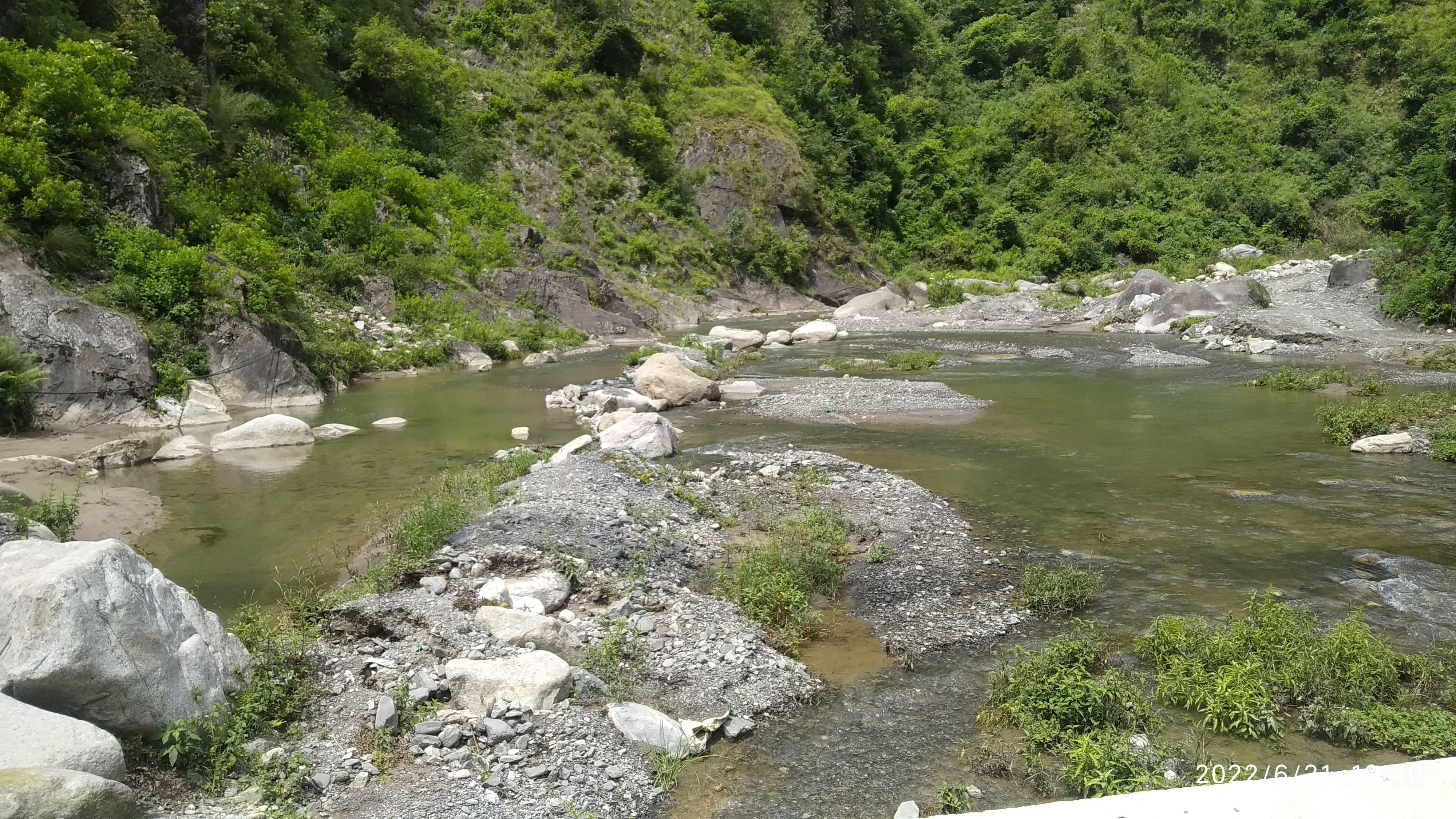
The site is 21 kilometres south-west from Kathmandu in Makawanpur district. And the river flows down into the Bagmati, soon after it leaves the valley. Located in a narrow valley, on the Bagmati watershed, Sisneri is a lightly populated village. Sisneri Khola Project, considered as “the best contingency to Melamchi”, is being developed as the second largest water project in Nepal after Melamchi, which also includes Yangri and Larke in the longer term.
Once completed, the project will be able to supply 150 MLD water - nearly 90 percent of Melamchi’s volume – to the valley. But it needs construction of a 60-meter-high dam. The water will then be pumped to Darban Danda reservoir, located two kilometres away, after which the water could be diverted to southern Kathmandu.
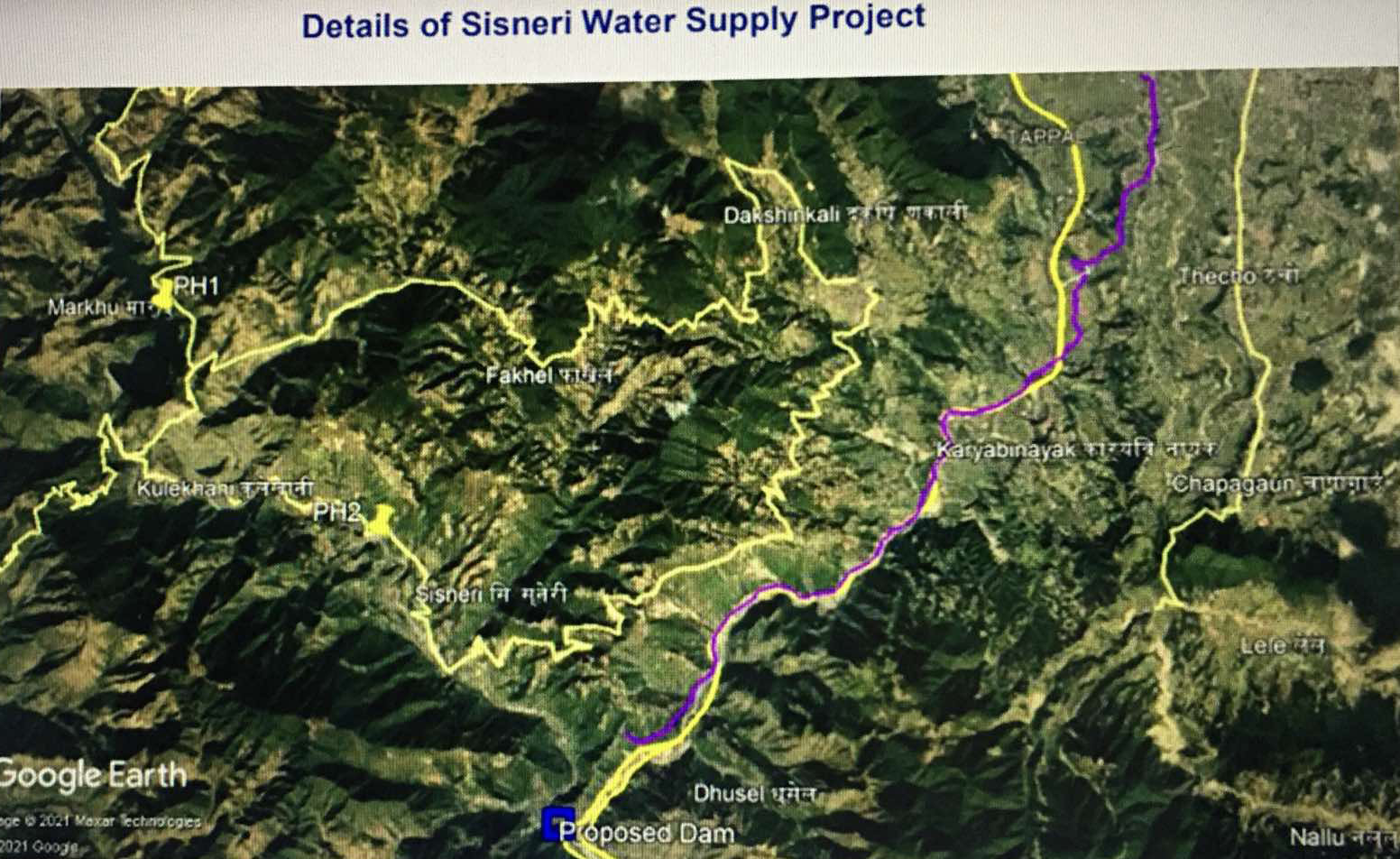
The expected cost of the project is Rs 20 billion.
Udaya Kumar K.C, information officer at Kathmandu Valley Water Supply Management Board (KVWSMB), which is undertaking the project, told NepalMinute: “Feasibility study has already been carried out. Now the geological study of the area is being done to prepare a DPR. It is a six-month long process and the team is already two-month into it.”
Even without construction of the dam, the project can pump 60 to 70 MLD water to the valley in the dry seasons: winter and spring. Officials, though, are still busy with paperwork and it’s still unclear when the project will take off.
3) Mahadev Khola
1657015362.jpg)
Mahadev Khola flows down into Bhaktapur from the famous Nagarkot hills and it’s been a good source of drinking water for the town of Bhaktapur. As per the official documents, the mean annual rainfall in the area is about 2,460 mm, out of which 80 percent occurs in the four months of monsoon — June to September.
In other seasons, the output from the spring-fed river remains low. Considering these factors, the project has been designed to store the high water of the rainy season and to keep the supply steady even in the dry seasons.
It is an Impounding Reservoir Project (IRP) with a planned dam of 32 metres in height and a reservoir with a capacity to hold over 1.13 million cubic metres. The length of the reservoir will be 630 m and will have a maximum width of 240 m. A project with modest capacity, it is only intended for distribution in the core city of Bhaktapur, which will not be receiving a lot of Melamchi’s water even if normal supply resumes.
Kamal Raj Shrestha, Deputy Director General at Department of Water Supply & Sewerage Management (DWSSM) said: “The DPR should be finalized within six to seven months if not this fiscal year at max. Narrow valley, low settlement and forest area make it suitable for the construction of the reservoir. We expect a supply of 70 MLD, but will be finalized after the DPR.”
He added: “We are trying to develop these kinds of impounding reservoir projects all around the valley. So, the future of the valley in terms of water availability is rich.”
Pradip Shah, civil engineer of the project said: “The project is being studied as an alternative for Bhaktapur and will be a high dam, reservoir based that will be good to meet the deficit supply in the dry season. The slopes are stable near the dam site. So, the construction is supposed to be quicker.”
4) Thosne Khola
1657012898.jpg)
Thosne Khola flows down the southern slopes of Lalitpur, located on the southern rim of the valley. Located at Konjyosom Rural Municipality, nearly 35 kilometres south of Kathmandu, the dam site does not have a deep valley to construct a high dam. Thus, the project is based on what engineers call a cascading dam design, and feasibility study has suggested construction of a “rock fill earthen dam” of 100 metre height.
It will have a catchment area of 25 square kilometres. Once built, the Impounding Reservoir Project (IRP) with a capacity of 12.14 million cubic meters will divert water via a 4.13-kilometre tunnel to Nallu Water Treatment Plant in southern Lalitpur.
1657015483.jpg)
Senior Divisional Engineer at DWSSM Surat Kumar Bam is overseeing the project. He said: “Thosne Khola project is a new project and geotechnical study is going on. The actual capacity of the project will only be fixed after the DPR. The supply will be enough for Lalitpur, including the core area.”
He said that the estimated cost of the project according to the feasibility report is Rs 12 to 15 billion. However, he added, “One must not confuse these projects to be the alternatives.
Rather, these projects are contingency projects for Melamchi.” He added that officials are also looking into the possibility of diverting water from Indra Sarowar at Kulekhani into the valley. But that would be done only after Nepal finds plenty of alternatives to meet peak-time electricity generation – something the Kulekhani Reservoir Hydel Project has been doing.
